The MK Diary was inspired by the Sora Tabi Nikki (曾良旅日記), a memorandum by Kawai Sora of his travels with Matsuo Basho on the journey to Oku-shu and Hoku-riku, which resulted in Basho’s famous haibun Oku no Hosomichi. Kawai Sora was a poet, a student of Basho’s, and arguably a spy. He kept a meticulous record of places visited and the distances between them. In comparison to Oku no Hosomichi , there are no emotional or poetic sentences in his diary.He also prepared the Meishō Memorandum or the Utamakura Memorandum, where he listed the utamakura of places they were due to pass through, then added notes to it along the way.
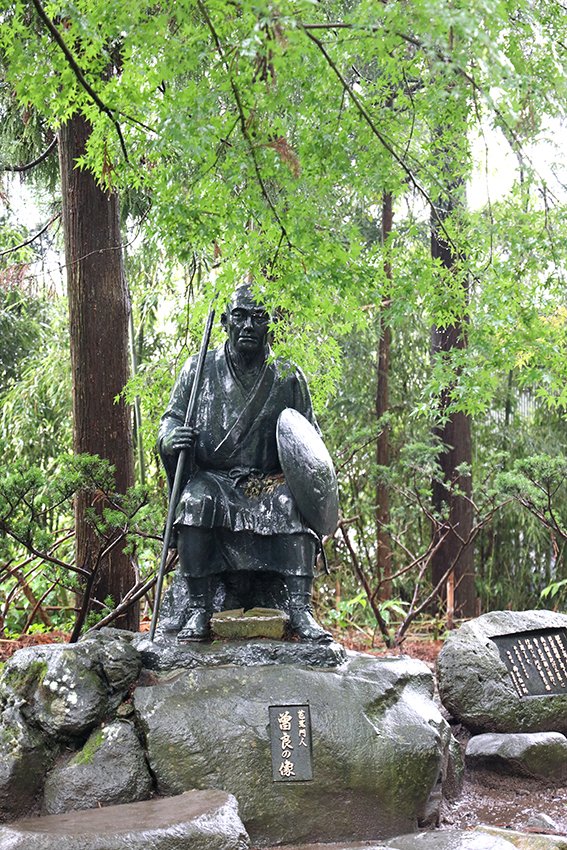
Statue of Kawai Sora at Yamadera, Yamagata Prefecture. Photo by Mayu Kanamori
I finished writing the MK Diary on the tenth day of the residency (19 July, 2023), but many things continued to happen on the remaining four days of our time in Togatta, including visiting Aoso-san again, this time guided by Endo Yuichiro-san, who showed us the way to Yakushi-do Temple. On the way back, he also showed us the nearly one hundred year old Iboiwa circular diversion structure, engineered by his ancestors, a water mechanism that evenly distributes agricultural water from the Sumi-kawa River, originating in the Zao Ranges, to 850 hectares over three towns in the region; it is still functioning today.
The third trip to the Zao-machi Public Library revealed that they did not hold any works by or about Kitaharao poet Izumi Yukihisa (泉行尚 ), although the Miyagi Prefectural Library in Sendai holds the May 2003 issue of the magazine Shiroi Kuni no Uta (Tohoku Electric Company Koho), which has an article about him, Furusato no Bungakusha: Izumi Yukihisa as does the December 1989 issue of the magazine Reiro (Shoshiki Sessha), Izumi Yukihisa Sakuhinshu, both written by Miyagi poet, Yamato Katsuko. A search on the internet tells me that there is also an academic paper by the same author, Zao ni Iki Zao ni Shinda Shijin. The Library in Zao-machi did not have collections by the poet Ogata Kamenosuke either but the Ogawara-machi Library does.
Although there were some things I would have liked to have done, such as going to Sendai or to Ogawara-machi Libries, I made the choice to pause the research and take the time to record what I have learned for others to read in case they may wish to add to the Togatta utamakura. And Satoh Kyoko-san came to our studio on Friday 21st of July to lend me a copy Ogata Kamenosuke Shishu (poetry collection) (Gendai Shibunko, 1975). I will stop writing now so that I have time to read some of it.
Please feel free to contact me or my collaborators.
Mayu: https://mayu.com.au/contacts/
Martin: https://mjedmo.wordpress.com/
Chie: https://www.tramindo.com.au/contact/

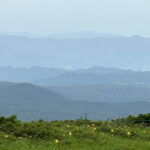

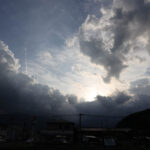
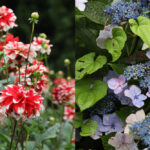


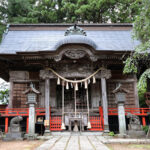
Recent Comments